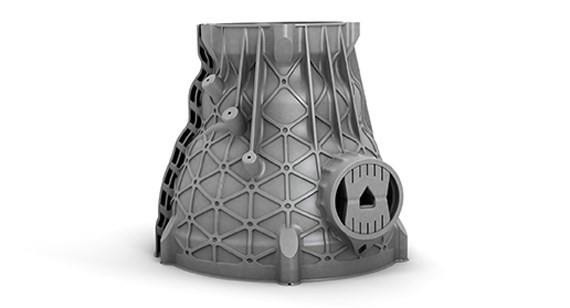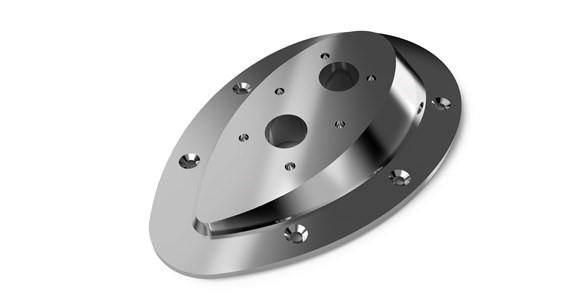Driving innovation in any industry is difficult, but it’s particularly tricky in the space industry. The parts must withstand incredibly harsh conditions around extreme temperatures, radiation, and vacuum environments where the particles within a part can begin to react. The parts also must be lightweight to make the process of flying more efficient whilst still being tough enough to withstand the forces of launch and space travel. Add in the fact that they must be supremely reliable and must be able to function properly for extended periods without maintenance, and you begin to see the complexity involved. Due to these requirements, space parts often require specialised manufacturing techniques; let’s take a look at some production methods which are highly effective for the space industry.
3D Printing
3D printing is an increasingly popular production method for making space parts, mainly because it can create complex, highly customised components quickly and cost-effectively. A significant advantage of 3D printing for space parts is the ability to lightweight parts. As 3D printing builds parts by fusing material a layer at a time, the material is only added where it is needed, meaning the final part can be made with less material than it would be through other traditional manufacturing methods.

Speed is another feature of 3D printing that is particularly useful within the space industry. Space parts are often incredibly complex and usually consist of many sub-assemblies that combine to make one larger part. Products intended for space are often complex and contain various components traditionally assembled to make the overall part. Besides the time taken to create the final part, the high number of touchpoints involved increases the likelihood of error during assembly, which can cause components to fail during volatile take-offs and when subjected to harsh space conditions. 3D printing solves that issue by allowing manufacturers to create components as one large product rather than as individual items to be compiled later - even components as complex as propulsion systems. This enables manufacturers to rest assured that their product is free from human error and increases efficiency. By 3D printing entire parts rather than individual components, manufacturers can have shorter supply chains, minimising the chances of disruption and reducing the administrative process of managing multiple suppliers.
Injection Moulding
Injection moulding is a manufacturing process that is well-suited for producing high-volume, complex, and precise parts making it ideal for the space industry. The production method benefits the space industry because it provides high dimensional accuracy and consistency, which is imperative for space parts which must function reliably in extreme environments. A great feature of injection moulding is the variety of available materials, including high-performance plastics. These plastics can be very high strength, providing the durability of a metal part but at a lower weight, making them ideal for space parts which need to be light enough to escape Earth’s gravity during launch efficiently. You can also create parts in Liquid Silicone Rubber that offer great flexibility but excellent resistance to ageing, chemicals, electricity, and heat, often able to withstand temperatures up to 180 °C without melting or creeping.

A significant advantage of injection moulding is the efficiency of the process. When larger-scale production is required, manufacturers can use the same mould to produce hundreds of thousands of parts, offering repeatable quality and consistent parts at scale. Protolabs have developed an offering that makes injection moulding a viable option for lower volumes. By producing moulds in aluminium rather than steel, the cost is far lower, meaning manufacturers can use them to create in hundreds, not just in the hundreds of thousands.
CNC Machining
CNC machining has long been considered the go-to production method for the space industry because of the precision it can achieve when making parts. CNC machines can be programmed to produce parts with high accuracy and tight tolerances, which is vital when creating high-quality space components. As the parts must operate in harsh conditions, they are often highly complex, meaning any deviation from the design specifications can cause a component to fail. Usually, space components consist of many smaller parts that are sub-assembled, so tight tolerances help ensure that multiple components will fit together correctly and work as a system.

Surface finish is another aspect of CNC machining that makes it an effective production method for the space industry. CNC machining can achieve an excellent surface finish, which is a decisive factor in the performance and longevity of the component. A smooth surface finish can reduce friction and wear on moving parts, prolonging the component’s life. Additionally, a smooth surface finish can reduce the likelihood of particles or debris getting caught in the part, which can cause damage or failure and can improve the aerodynamics of the part, which is vital for the performance of spacecraft and satellites. For some systems on a spacecraft, a smooth surface finish is necessary for it to perform at all. For instance, optical parts such as mirrors and lenses on space telescopes need smooth surfaces around them to reduce light scattering to improve optical performance.